Python 基础之序列化模块
序列化
概念
将原本的字典、列表等内容转换成一个字符串的过程就叫做序列化。如:将 Python 代码转为文本,方便移植,转化文本这个过程为序列化。
目的
- 以某种存储形式使自定义对象持久化;
- 转移对象,方便携带移植;
- 使程序更具有维护性。
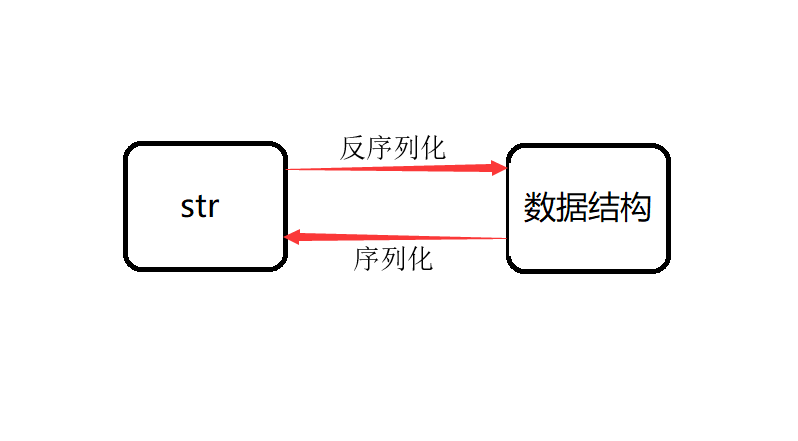
json
使用 json 函数要先导入 json 函数库:import json
dump和dumps 序列化方法。
- dump:必须传文件描述符,将序列化的文件保存在文件中。
- dumps:把数据结构直接转化为 json 字符串形式(较为常用)。
将下列数据编码转化为json格式:
import jsondata = {'a': 1, 'b': 2, 'c': 3, 'd': 4, 'e': 5}json = json.dumps(data)print(json, type(json))
结果:
{“a”: 1, “b”: 2, “c”: 3, “d”: 4, “e”: 5}
Process finished with exit code 0
可以看到输出的 json 为字符串对象,下面我们来对比一下 Python 中的数据结构转化 json 的形式为:
| Python | json |
|---|---|
| dict | object |
| list, tuple | array |
| str, unicode | string |
| int, long, float | number |
| True | true |
| False | false |
| None | null |
load和loads 反序列化方法
- load:用于接收文件描述符,完成读取文件和反序列化。
loads:把 json 字符串形式直接转化为数据结构(反序列化,较为常用)。
import json
json_data = ‘{“a”: 1, “b”: 2, “c”: 3, “d”: 4, “e”: 5}’
content = json.loads(json_data)
print(content, type(content))
结果:
{‘a’: 1, ‘b’: 2, ‘c’: 3, ‘d’: 4, ‘e’: 5}
Process finished with exit code 0
注意:字典引号,json 对象中字典的是双引号,否则报错。
反过来,我们来看看 json 类型转化为 Python 类型的对照表:
| json | Python |
|---|---|
| object | dict |
| array | list |
| string | unicode |
| number (int) | int, long |
| number (real) | float |
| true | True |
| false | False |
| null | None |
json与demjson
demjson 是 python 的第三方模块库,可用于编码和解码 json 数据,包含了 jsonLint 的格式化及校验功能。
Github 地址:https://github.com/dmeranda/demjson
官方地址:http://deron.meranda.us/python/demjson/
安装介绍:http://deron.meranda.us/python/demjson/install
encode和decode函数
- encode:将 Python 对象编码成 json 字符串。
- decode:将已编码的 json 字符串解码为 Python 对象
(实现代码如json,在这里不做演示。)
pickle
与 json 都是序列化模块,区别如下:
- json:用于字符串 和 python 数据类型间进行转换。
- pickle:用于 python 特有的类型 和 python 的数据类型间进行转换,pickle类型的数据为二进制。
pickle 中的方法和 json 相同,都有 load、loads、dump 和 dumps。下面演示 dumps 和 loads 用法:
import pickledict_data_one = {"a": 1, "b": 2, "c": 3, "d": 4, "e": 5}pickle_data = pickle.dumps(dict_data_one) # serializationprint(pickle_data) # binarydict_data_two = pickle.loads(pickle_data) # deserializationprint(dict_data_two)
结果:
b’\x80\x03}q\x00(X\x01\x00\x00\x00aq\x01K\x01X\x01\x00\x00\x00bq\x02K\x02X\x01\x00\x00\x00cq\x03K\x03X\x01\x00\x00\x00dq\x04K\x04X\x01\x00\x00\x00eq\x05K\x05u.’
{‘a’: 1, ‘b’: 2, ‘c’: 3, ‘d’: 4, ‘e’: 5}Process finished with exit code 0
下面展示 dump 和 load 用法:
import timeimport picklestructure_time_one = time.localtime()print(structure_time_one)f = open('pickle_file', 'wb')pickle.dump(structure_time_one, f)f.close()f = open('pickle_file', 'rb')structure_time_two = pickle.load(f)print(structure_time_two.tm_year,structure_time_two.tm_mon,structure_time_two.tm_mday)
结果:
time.struct_time(tm_year=2018, tm_mon=8, tm_mday=13, tm_hour=21, tm_min=41, tm_sec=50, tm_wday=0, tm_yday=225, tm_isdst=0)
2018 8 13Process finished with exit code 0
shelve
shelve 也是 python 提供给我们的序列化工具,比 pickle 用起来更简单一些。shelve 只提供给我们一个 open 方法,是用 key 来访问的,使用起来和字典类似。
import shelvef = shelve.open('shelve_file')'''operate on the file handle and store the data'''f['key'] = {'int': 10, 'float': 9.5, 'string': 'Sample data'}f.close()f = shelve.open('shelve_file')content = f['key']f.close()print(content)
结果:
{‘int’: 10, ‘float’: 9.5, ‘string’: ‘Sample data’}
Process finished with exit code 0
这个模块有个限制,它不支持多个应用同一时间往同一个 DB 进行写操作。所以当我们知道我们的应用如果只进行读操作,我们可以让shelve 通过只读方式打开 DB。
由于 shelve 在默认情况下是不会记录待持久化对象的任何修改的,所以我们在 shelve.open() 时候需要修改默认参数,否则对象的修改不会保存。
import shelvef1 = shelve.open('shelve_file')print(f1['key'])f1['key']['new_value'] = 'this was not here before'f1.close()f2 = shelve.open('shelve_file', writeback=True)print(f2['key'])f2['key']['new_value'] = 'this was not here before'f2.close()
writeback方式有优点也有缺点。优点是减少了我们出错的概率,并且让对象的持久化对用户更加的透明了;但这种方式并不是所有的情况下都需要,首先,使用 writeback 以后,shelf 在 open() 的时候会增加额外的内存消耗,并且当 DB 在 close() 的时候会将缓存中的每一个对象都写入到 DB,这也会带来额外的等待时间。因为 shelve 没有办法知道缓存中哪些对象修改了,哪些对象没有修改,因此所有的对象都会被写入。


























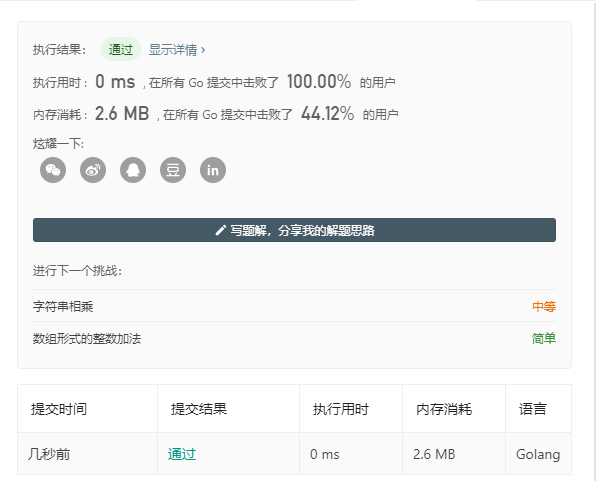
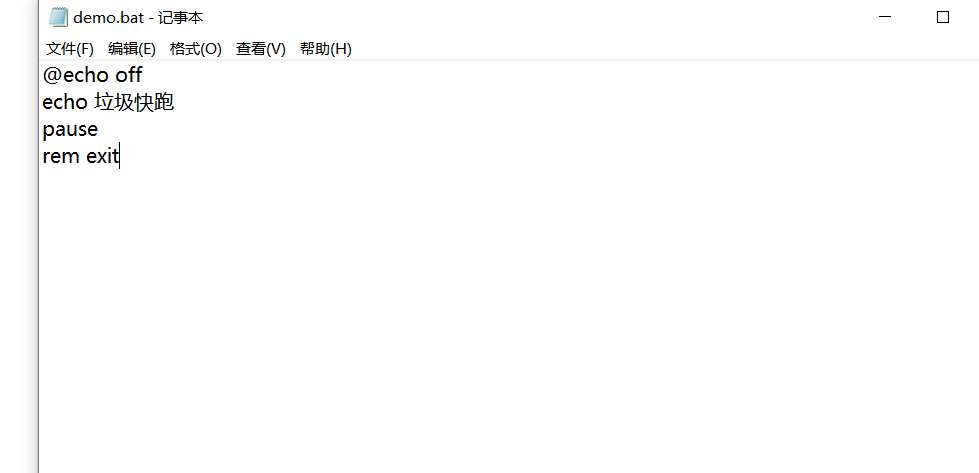

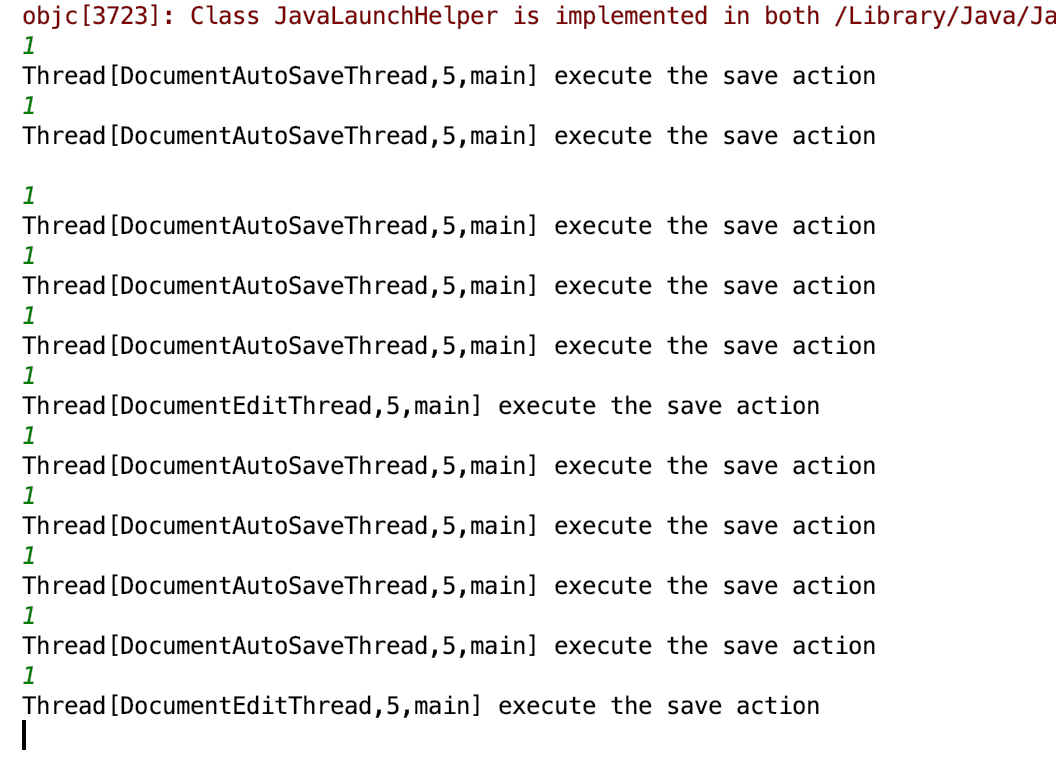
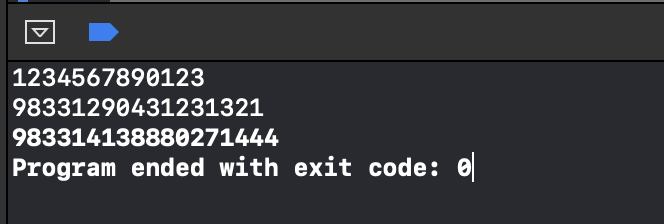
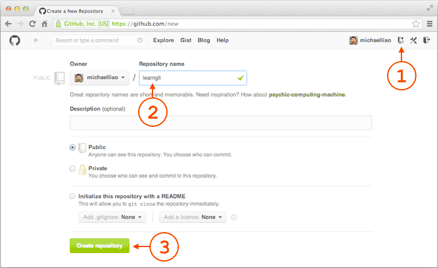



还没有评论,来说两句吧...